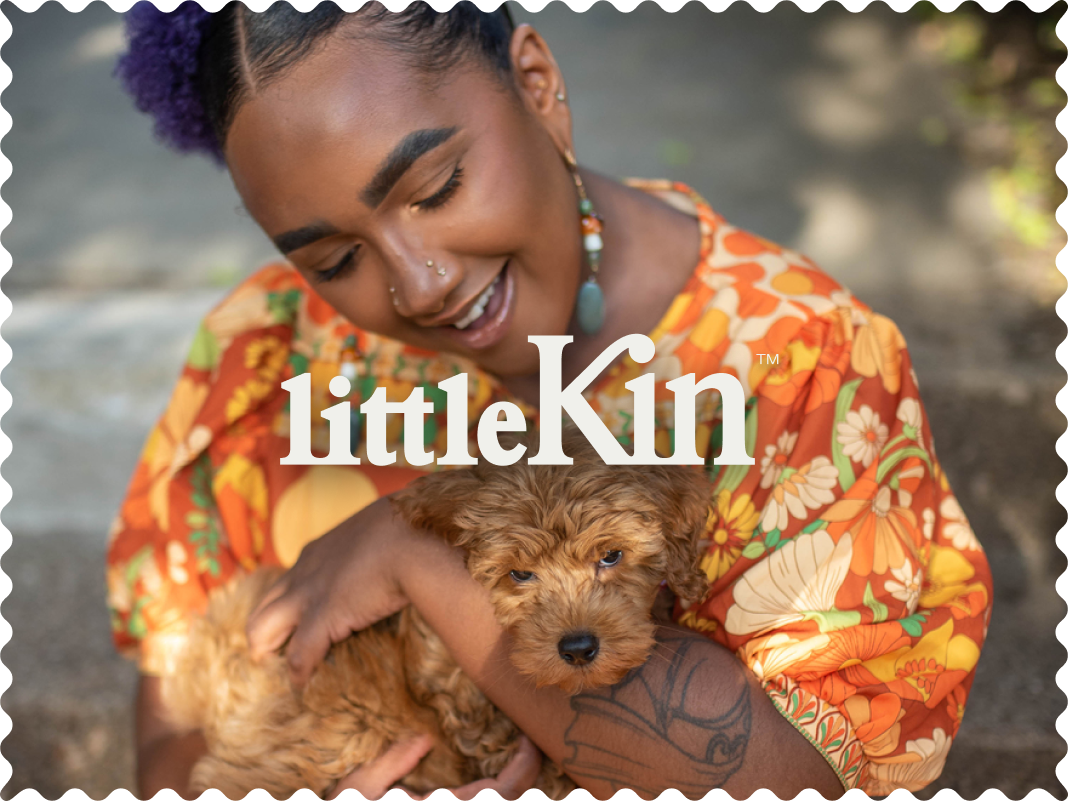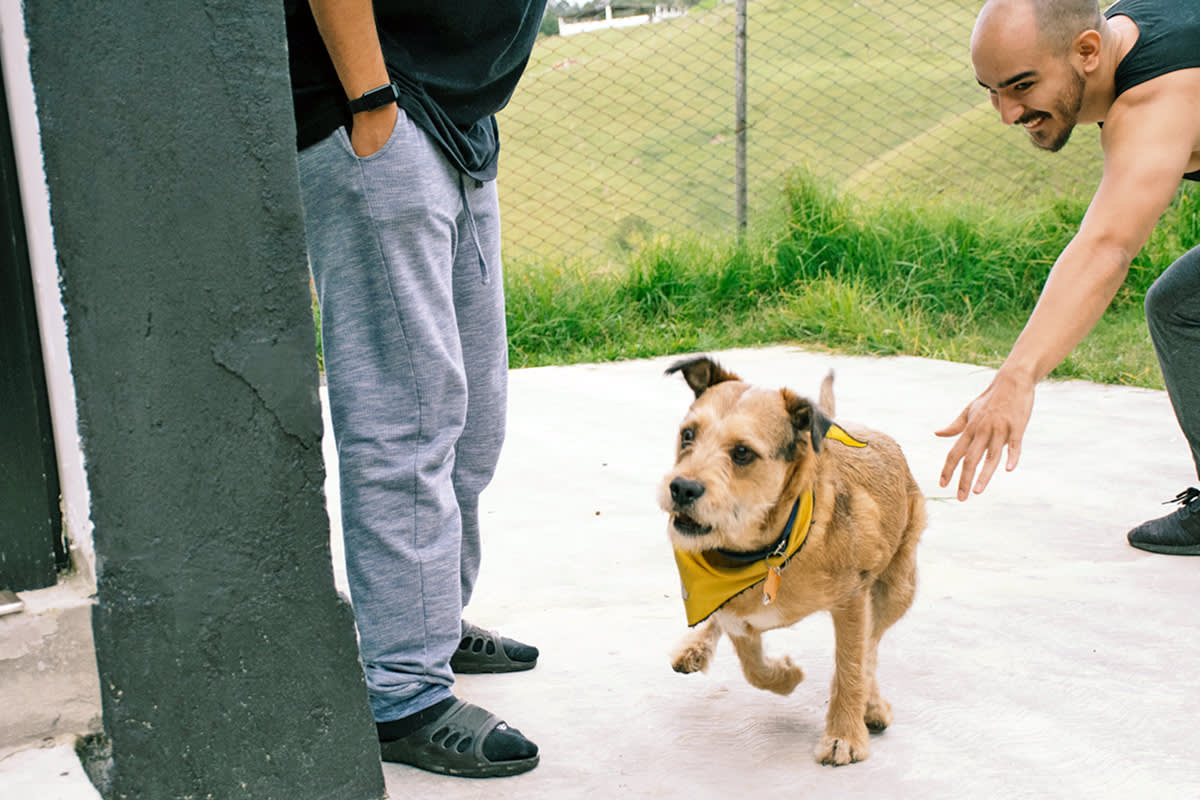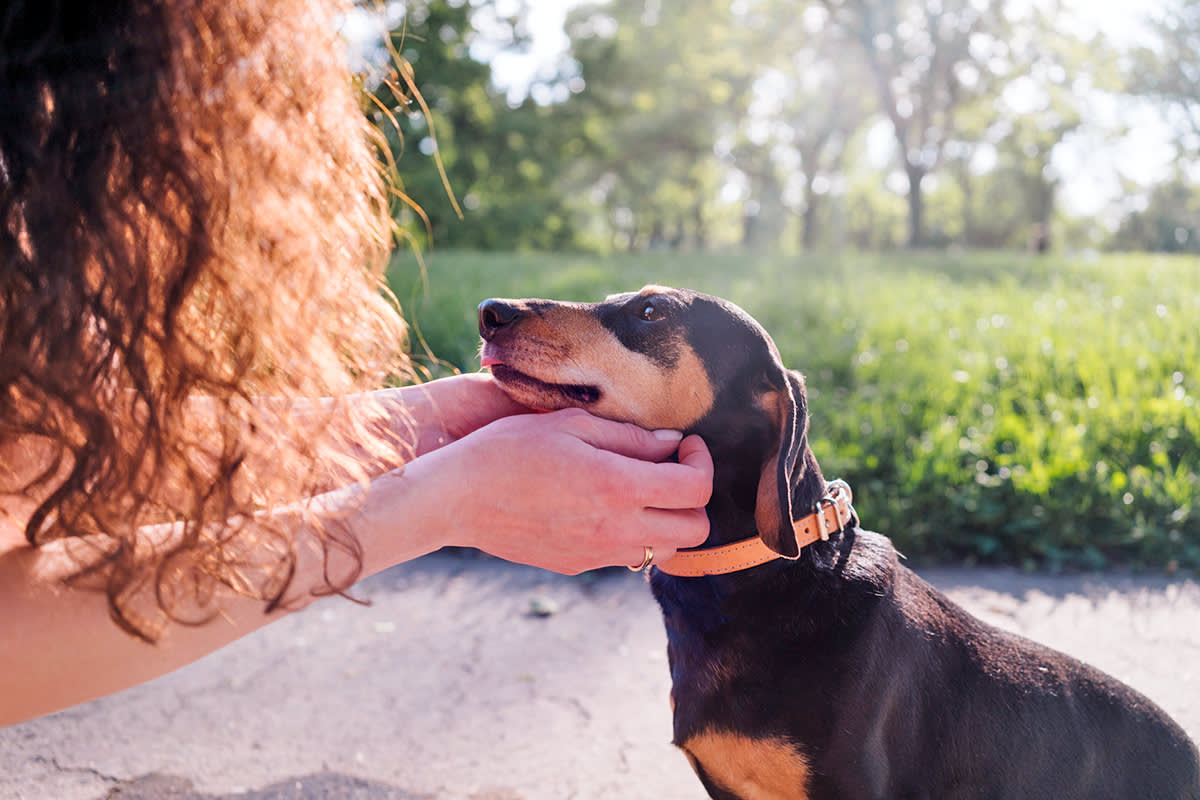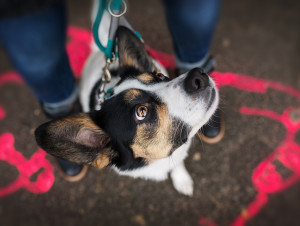This Viral TikTok Trick Will Get Your Dog to Come Back to You
No need to chase them any longer.

Share Article
Pet parents, like any parent, have a lot of fears that can rise up in our chests in the middle of the night, seemingly out of nowhere. One of them — I shudder to even think about it — is that our dogs will run away from us and won’t come back. No matter how many weeks or months you spend carefully teaching them recall, even working with a trainer, there is every chance they might just decide to split. Maybe your dog is particularly squirrel-motivated, maybe they love to run, or maybe they just live to set off every fear trigger in your body.
In that moment, it’s hard to think of anything but just running after them as fast as you can. Even if they have a microchip (and they should), you never want to lose sight of them. Unfortunately, though, it’s pretty tough to outrun most breeds of dog if they really want to go somewhere. So, what do pet parents do when their beloved pups run away?
As usual, TikTok has a tip for us. This viral videoopens in new tab presents a trick for for when your dog just won't come back to you: simply flip the switch, and run away from them so that they have to chase you — aka make it a game. A Rover sitteropens in new tab tried the TikTok-suggested move when her client‘s dog made a break for it out of an open garage. After chasing the puppy for “eight to nine blocks,“ she turned around and let her chase her — and it worked. She told the story in a video with the caption “She’s a runner. She‘s a track star.“ She was incredibly grateful to the original poster for the advice: “I could literally kiss you on the lips right now.“
One commenter, on the sitter’s video, @zeomlette, said this hack worked for them, too. “I’m also a sitter on Rover — this works! I also put Apple AirTags on the dogs when they come in for extra security.“ But another commenter, @juliebugggg7, made clear this wasn’t an effective technique on her dog: “Can confirm this does NOT work for Huskies.“
So, that begs the question: How effective is this trick? Let’s ask the experts.

The hack might work, but teaching recall is still your best defense.
Lauren Hewitt-Watts, the founder of Dog Mom Mindsetopens in new tab, an online dog training school, says that “in certain situations, it may help to turn around and run away to get the dog to start to chase y
ou,” but the dog must be off-leash in a relatively safe environment. However, she adds, it might not work with dogs who are very frightened or who are following a scent. Her advice would be to use a long leash or a GPS tracker for dogs who are prone to running away.
Sian Lawley-Rudd, the founder of animal training school Lavender Garden Animal Servicesopens in new tab says that the TikTok technique can work in certain situations. “Running away taps into a dog’s natural chase instinct, many dogs find movement far more engaging than simply hearing their name. It’s a great emergency tool, but it’s not a guaranteed fix for all dogs, especially those with
strong independent instincts or fear-based behaviors,” she says.
Dog trainer Kate LaSalaopens in new tab agrees. “While this
‘trick’ may work for some dogs by triggering their chase instinct, it’s not something I would often confidently rely on as a trained recall,” she says. “Recall, or coming when called, is one of the few life-saving skills we can teach a dog and is something I recommend people put a lot of training resources towards. Recall is not a skill dogs come pre-wired with. Their instincts tell the
m to follow their nose or eyes and chase critters, sniff, seek mates, find food, and avoid threats.”
By training this skill, LaSala adds, we teach them that coming back pays off better than all those other fun things. If we practice the skill in multiple scenarios, aka “proofing,” it only strengthens their recall even more.
But recall takes work
to master.
Lawley-Rudd says that reliable recall is about more than just one trick; it’s a step-by-step process. That’s why she developed what she calls the “R.E.C.A.L.L. process,” which breaks the skill into simple and effective steps. She shared those steps with us to ensure better recall success.
R: “Recognize why recall fails. Most dogs ignore recall because they’ve learned it’s optional, or their environment is more rewarding.”
E: “Eliminate failure with ma
nagement. Using tools like long leads, controlled environments, and avoiding over-cueing prevents recall failures and sets y
ou both up for success.�”
C: “Capture your dog’s motivation. Discovering and supercharging your dog’s favorite things, such as food, toys or environmental rewards, makes
comi
ng back more exciting than running away.”
A: “Attention and engagement first! You and your dog need to have a good relationship for recall success. You also need to ensure their needs as a dog are being met.” (Lawley-Rudd says a reward can be as simple as taking them on a sniff walk; these treats don’t always need to be in the form of food.)
L: “Level up with training games. Recall games like ‘Ping Pong Recall’ can make recall fun and reinforce success in different settings.”
L: “Layer in proofing and distraction work.” Lawley-Rudd adds that this final step is to gradually increase distractions — such as other dog
s, scents, and wildlife — in a structured way so recall remains reliable anywhere.
She also says that you should avoid
over-cueing. Repeating their name or words like “come” can teach them to tune you out. Say it once, then use movement and positive sounds to r
einforce it. By teaching recall in controlled environments before expecting your dog to be reliable in a busy park, you can minimize the chances of them running away in the first place.
Remember, foundational training is your best friend.
“While the viral running trick is one tool in the toolbox, true recall success comes from understanding motivation, managing distractions, relationship and layering proofing gradually,” Lawley-Rudd says.
A dog running away from you can be incredibly scary — in some ways, even more so when they aren’t your dog! Your brain might always go to the worst-case scenario, and it’s difficult to remain calm in that moment. But preventing them from running away in the first place and having strong recall methods in place can reinforce you in emergency situations. This viral “run-away” trick might help in some select scenarios, but your relationship with your dog will always be the most important thing.
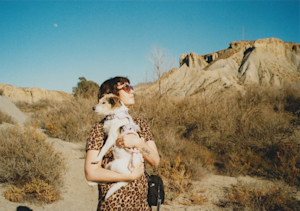
Marianne Eloise
Marianne Eloise’s work has appeared in The New York Times, The Guardian, The Cut, Vulture, and more. She is also the author of an essay collection Obsessive, Intrusive, Magical Thinkingopens in new tab. She has been going on adventures with her dog Bowie since she was 17.
Related articles
![girl with blue hair starting puppy training with white dog]()
Puppy Training 101: How to Train a Puppy
You gotta start somewhere.
![Dog on leash sitting on a colorful street and looking attentive at their pet parent]()
How to Get Your Dog to Pay Attention to You
Here are some simple steps to pry your pup away from that one spot in the yard they’re obsessed with.
![Labrador Retriever puppy destroying toilet paper at home.]()
6 Behavioral Issues Your Dog Will Actually Grow Out Of—We Promise
Don’t panic—there is hope.
![Woman in a coat soothing a rescued German Shepherd dog in a field outside]()
9 Tips To Find a Lost Dog—Fast
Buddha Dog Rescue and Recovery founder Nicole Asher’s pro tips for getting your missing pup home safe.
![dog leaning on laptop while man types]()
7 Important Papers You Should Always Keep on File For Your Pet
It will be super helpful if you ever need a pet-sitter, too.
